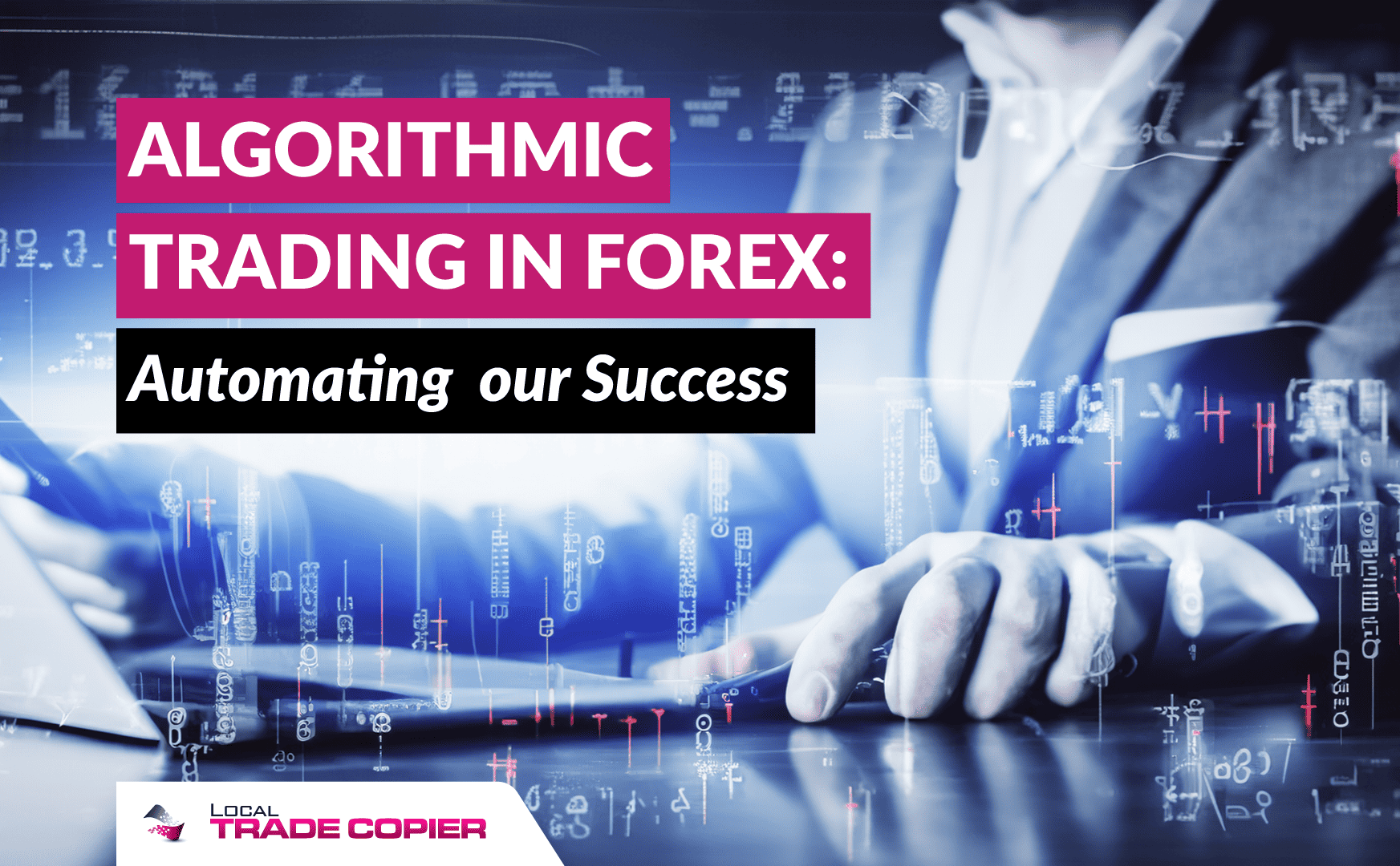
Algorithmic trading has revolutionized the way individuals participate in the Forex market. It’s a sophisticated method of executing trade orders using pre-programmed instructions to account for variables such as price, timing, and volume. Let’s delve into the world of algorithmic trading and explore how it can automate success in Forex.
Introduction to Algorithmic Trading
In essence, algorithmic trading involves using computer programs to make trading decisions. It’s a step beyond manual trading, relying on mathematical models and algorithms to execute trades automatically. These algorithms analyze market data, identify opportunities, and execute trades at optimal times and prices.
Understanding Forex Trading
Forex trading involves the exchange of currencies in the global marketplace. Traders aim to profit from fluctuations in exchange rates between different currencies. However, the Forex market’s volatility and complexity can pose challenges for traders, making it crucial to adopt innovative approaches like algorithmic trading.
The Role of Algorithms in Forex
Algorithms play a pivotal role in Forex by automating trading processes. These algorithms serve as the backbone of automated strategies, swiftly executing trades based on predefined parameters. They analyze market data, identify trends, and execute buy or sell orders in milliseconds, a feat beyond human capacity. Their significance lies in their ability to process vast amounts of information swiftly and efficiently, offering traders a competitive edge by capitalizing on even the smallest market movements.
Building and Implementing Trading Algorithms
Designing effective trading algorithms requires a deep understanding of market dynamics. Traders must develop algorithms that align with their trading strategies and risk tolerance. Implementing these algorithms involves rigorous testing and constant optimization.
Key Components of Algorithmic Trading
To engage effectively in algorithmic trading, understanding its components is crucial. Traders heavily rely on meticulously crafted algorithms, utilizing a blend of indicators and sophisticated strategies to navigate the Forex market. These components entail intricate automated systems and specialized software programmed to interpret market data and execute trades with precision. Understanding and integrating these components enables traders to create robust, adaptive algorithms that can swiftly identify and capitalize on profitable opportunities, marking the essence of success in algorithmic trading.
Risk Management in Algorithmic Trading
Despite the advantages, algorithmic trading comes with inherent risks. It involves implementing strategies to mitigate potential losses and balancing the pursuit of profits with prudent caution. Traders meticulously analyze and fine-tune algorithms to limit exposure to volatile market conditions, setting stop-loss orders and employing diversification strategies. Effective risk management ensures that even in unpredictable market scenarios, losses are minimized, preserving capital and sustaining long-term success in algorithmic trading.
Benefits of Algorithmic Trading
One of the primary benefits of algorithmic trading is the speed and accuracy at which trades are executed, leveraging split-second opportunities for profit. Moreover, these automated systems eliminate emotional biases, operating solely on predetermined logic and strategies, thereby reducing human errors. Additionally, algorithmic trading allows for backtesting and optimization, enabling traders to refine strategies based on historical data, ultimately enhancing performance and minimizing risks in the volatile Forex market.
Challenges and Limitations
Despite its advantages, algorithmic trading faces challenges. Technical intricacies in programming and maintaining algorithms pose continual challenges, demanding constant attention and expertise. Additionally, market unpredictability remains a persistent limitation, as algorithms may struggle to adapt swiftly to sudden shifts or unforeseen events. Moreover, the need for sophisticated infrastructure and skilled personnel creates barriers for smaller traders or firms aiming to delve into algorithmic trading, underscoring the nuanced landscape and the need for ongoing innovation and adaptation.
Future Trends in Algorithmic Trading
The future of algorithmic trading looks promising. Advancements in artificial intelligence and machine learning are poised to reshape trading strategies profoundly. These technologies will enhance algorithms’ predictive capabilities, allowing them to adapt dynamically to changing market dynamics in real time. Moreover, ethical considerations surrounding autonomous trading systems will become increasingly significant, prompting discussions on regulatory frameworks to maintain market integrity. The future holds immense potential for algorithmic trading, integrating cutting-edge technologies to refine strategies and navigate the ever-evolving financial markets.
Conclusion
Algorithmic trading in Forex represents a transformative approach, offering speed, precision, and efficiency in navigating the dynamic financial markets. Its benefits in automating trading strategies and minimizing emotional biases underscore its significance for traders seeking enhanced profitability. However, acknowledging the challenges—technical complexities and market unpredictability—is crucial. Embracing future trends, like AI and ethical considerations, will shape its evolution. As this method continues to evolve, a balanced approach that leverages its strengths while addressing challenges will define its sustained success in the realm of Forex trading.
FAQs
1. Can anyone use algorithmic trading in Forex?
Ans. Algorithmic trading is accessible to traders with programming knowledge or access to algorithmic trading platforms.
2. Are there risks associated with algorithmic trading?
Ans. Yes, risks include technical failures, market volatility, and over-optimization.
3. How do algorithms impact Forex market liquidity?
Ans. Algorithms can enhance liquidity by executing trades swiftly, adding to market efficiency.
4. What makes algorithmic trading more efficient than manual trading?
Ans. Algorithms execute trades instantly based on pre-set conditions, eliminating human delay.
5. Is algorithmic trading the future of Forex trading?
Ans. It’s poised to play a significant role, given its efficiency and potential for innovation.